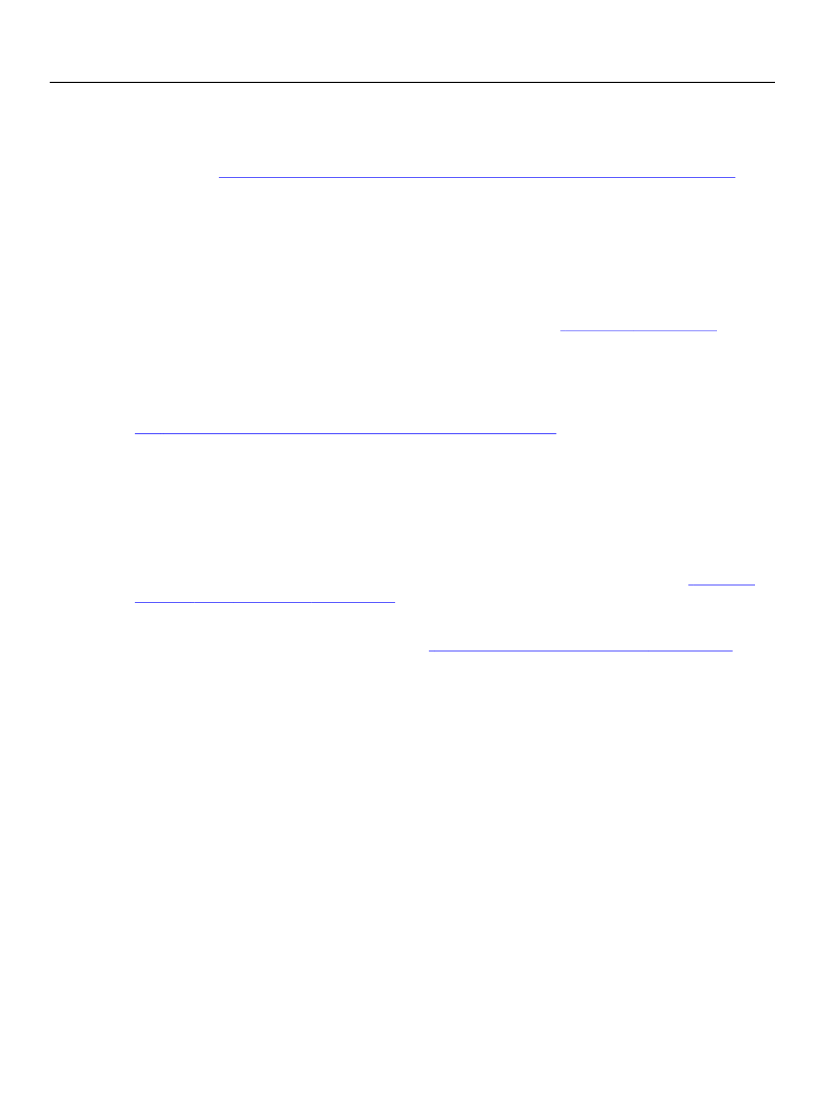
XFA Specification
Preface
Associated Schemas
ix
Associated Schemas
Many of the XFA grammars described in this specification are available on the same site that hosts this
specification (
http://partners.adobe.com/public/developer/xml/index_arch.html
).
These schemas (below) are provided to describe each grammar’s structure and data types.
●
●
●
template.rng
connectionset.rng
sourceset.rng
Although the above schemas could be used in XML validation, such validation is not normally part of XFA
form processing. Most people filling out a form cannot resolve errors detected during such validation.
(XML validation differs from XFA form validation, which is described in
“Validations” on page 299.
Related Documentation
This document replaces the previous version of this specification, which is available at
http://partners.adobe.com/public/developer/en/xml/xfa_spec.2.2.pdf.
Note:
This specification defines XFA version 2.4. The previous version of this specification was XFA version
2.2. There is no XFA 2.3 specification.
What’s New
XFA 2.4 is the next version of the XFA standard after XFA 2.2. There is no XFA 2.3. A complete list of
enhancements in XFA versions 2.0 through 2.4, labelled by version, is given in the appendix
“History of
Changes in This Specification” on page 965.
Caution:
In XFA 2.4 some previously endorsed syntax is still legal, but deprecated. It will be removed in a
future version of the specification. See
“Deprecated XFA Template Features” on page 977.
Conventions
This document uses notational and graphical conventions as a shorthand for conveying more complex
information.
Notational Conventions
This document uses typefaces and character sequences to indicate the roles and connotations of
expressions.
Typefaces
The following table describes typeface usage in this document: